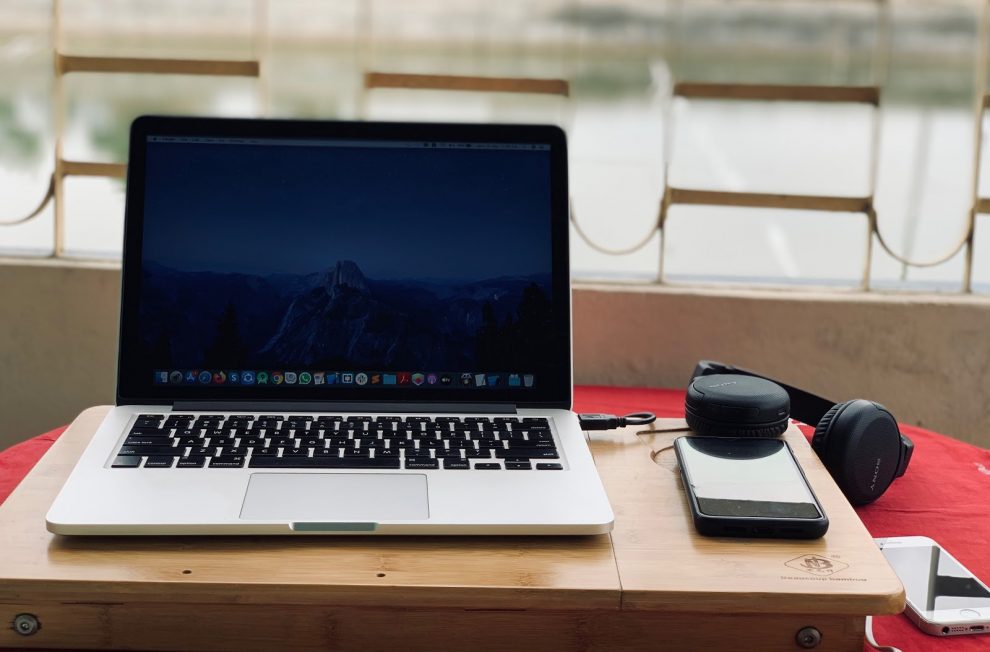As a small business, you may not be able to afford much when it comes to preventing shipping damage. But there’s good news — preventing shipping damage doesn’t have to be costly.
With the help of impact recorders and the right packaging, you can prepare shipments that will withstand the jostling and vibrations they’ll experience in transit, as well as the temperature extremes and moisture they might encounter. Follow these five tips to ensure more of your shipments arrive on time and in one piece.
1) Test Shipping Conditions Using an Impact Recorder
An impact recorder is perhaps the single most important tool you have available to you to help mitigate shipping damage. Impact recorders are small tags that can be attached to the outside of shipments. They’re capable of recording data regarding every bump, impact, or vibration packages can experience during transit. They’ll also record where and when the vibrations, impacts, or other jolts your packages sustained occurred.
With this data, you can pinpoint exactly where shipping damage occurred — perhaps your package was jostled a lot as the truck passed over a particularly rough stretch of road. Maybe the last-mile carrier was careless with your package. Maybe your package got dropped or slid around on the truck a lot as the driver slammed on the brakes over and over again. Knowing where and when impacts damaged your shipments gives you a starting point for investigating how the damage occurred, and that gives you the knowledge you need to make sure that it doesn’t happen again, whether that’s by altering your packaging, using a different carrier, changing your shipping method, or something else.
If you don’t want to risk losing real shipments in the course of determining where and how your packages might be vulnerable to damage, you can do shipping trials using impact recorders. You don’t need to use the same products you’ll be shipping to your customers. Instead, you can use products with similar qualities, like delicate components, sharp corners, or glass finishes.
2) Pack Shipments Appropriately
Appropriate packaging can go a long way towards protecting your shipments from damage. Use the right cushioning and void fill materials for your package and its contents, making sure to wrap items properly. If you’re shipping electronics or other items for which special, purpose-designed packing materials are made (think laptop shipping boxes, for example), make sure you’re using those purpose-designed materials.
In general, package contents sustain damage in one of two ways — from being crushed by other items in the shipping container or on the truck, and from being jostled during shipping. Appropriate packaging seeks to keep the contents of a package from moving around inside the box during shipping — this can prevent damage from jostling and impacts. Cushioning and exterior packaging can protect items from being crushed.
3) Never Stop Collecting Impact and Vibration Data
Even after you’ve run your initial shipping trials, you should never stop using impact recorders to collect impact and vibration data on your shipments. This data can help you monitor changes to the supply chain that could equate to increased shipping damage, including factors like infrastructure deterioration or changes to how third-party and last-mile carriers handle packages. Visible impact recorders on the outside of a shipment can encourage handlers to be more careful with it, and when shipping damage does occur, your impact recorders will give you the information you need to find out how it happened and stop it from happening again.
4) Plan for Humidity, Moisture, and Temperature Extremes
Humidity, moisture, and temperature extremes can damage many items, including stuff that’s generally pretty durable, like clothing and books. Prepare for moisture and humidity by wrapping moisture-sensitive items in plastic external packaging to keep moisture out. Use temperature indicators to monitor the temperature of sensitive goods in transit, and even get real-time notifications if your temperature-controlled shipment starts to leave its safe temperature zone.
5) Use New Packaging for Every Shipment
It can be tempting to recycle cardboard boxes and other packaging supplies, especially if you’re a small business. But corrugated cardboard boxes, cushioning and void fill materials, padded envelopes, and other packaging supplies aren’t intended to hold up to the rigors of moving through the supply chain indefinitely. They can generally only handle one trip. After that, they begin to lose their structural integrity and their ability to protect your package contents. Play it safe and use new packaging materials each time you prepare a shipment.
Shipping damage can be a real drag, but it’s not just something you have to learn to live with. You can take steps to reduce your shipping damage, and that will boost your revenues and bring in more profit, as well as making more customers happy. It’s a winning strategy for everyone.






